How brushstrokes can elevate your oil painting.
Nobody in art school ever really showed me the ropes on brushstrokes.
But after countless hours of putting paint on canvas, I’ve picked up some valuable insights into how oil painting brushstrokes can amp up a painting’s appeal.
Nowadays, it’s almost second nature for me to grab different brushes and throw down a mix of strokes as my artwork takes shape.
Whether you’re a seasoned artist or just starting your creative journey, understanding the techniques behind brushwork can elevate your oil paintings to new heights.
So I did a thought research on various brush strokes. I also added some famous paintings that utilize these strokes to create masterpieces to show you the big picture of oil painting brushstrokes.
1. Alla Prima: Capturing the Moment
Alla prima, or “wet-on-wet,” is a technique where layers of wet paint are applied onto previous layers that are still wet. This method is perfect for capturing a moment’s fleeting light and atmosphere.
Known contemporary American artist Richard Schmid is famous for this alla prima works. His painting always looks poetic and spontaneous with his supreme use of alla prima techniques.
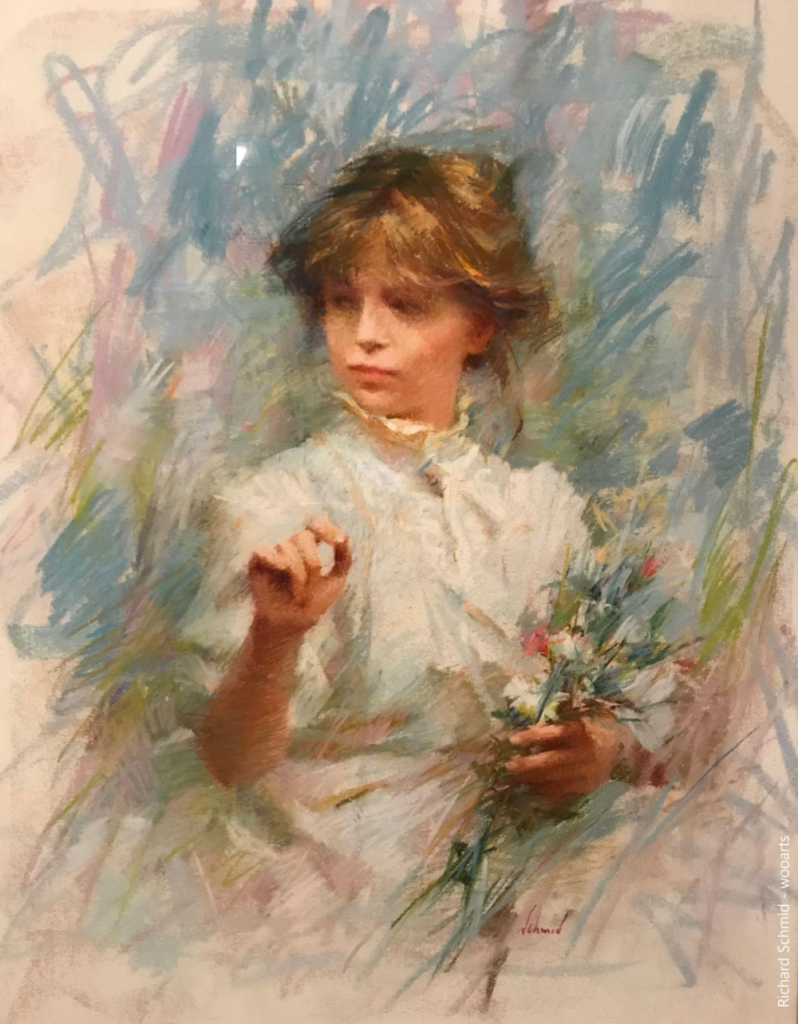
2. Scumbling: Adding Depth and Mystery
Scumbling is a technique that involves applying a thin, opaque layer of paint over an existing layer. This technique allows the underpainting to show through.
It is perfect for creating soft transitions, ethereal effects, and a sense of depth.
An iconic example of scumbling can be found in Rembrandt’s “Self-Portrait with Two Circles.” The subtle blending and mysterious play of light on his face are achieved through the scumbling technique, adding depth to the portrait.

3. Impasto: Creating Texture and Drama
Impasto involves applying thick layers of paint, often with a palette knife or a stiff brush, to create textured surfaces that stand out from the canvas.
Vincent van Gogh was a master of this technique, as seen in his iconic work, “Wheat Field with Cypresses”, the impasto technique is used to give depth and three-dimensionality to the cypress trees, creating a sense of drama and vitality in the painting.
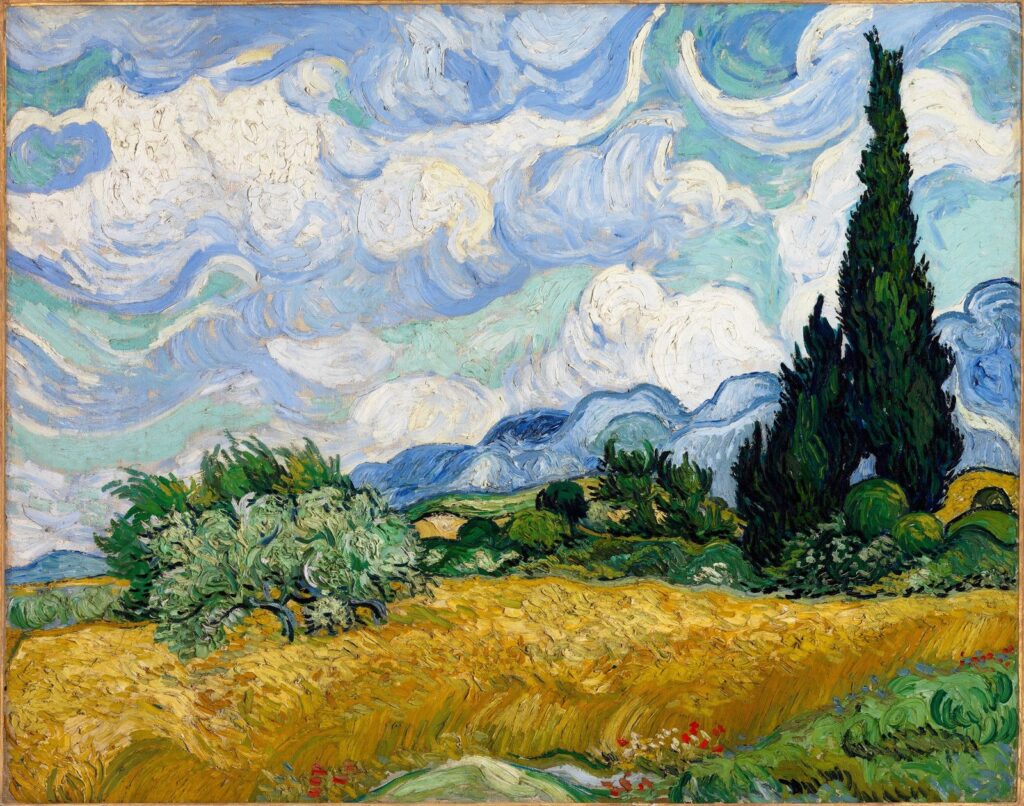
4. Glazing: Achieving Luminosity
Glazing involves layering translucent colors over a dry base layer to achieve luminous and vibrant effects.
In “The Birth of Venus” by Sandro Botticelli, glazing is employed to create a captivating sense of luminosity and ethereal beauty. This iconic Renaissance masterpiece depicts the goddess Venus emerging from the sea.
Botticelli’s use of glazes allowed him to achieve the soft, radiant skin tones of Venus and the graceful, flowing quality of her hair and drapery. The translucent layers of glaze create a luminous and otherworldly quality that enhances the divine nature of the subject and the dreamlike atmosphere of the painting.
This painting exemplifies the skill and mastery of the Renaissance artists in achieving a sense of timeless beauty and perfection in their works.
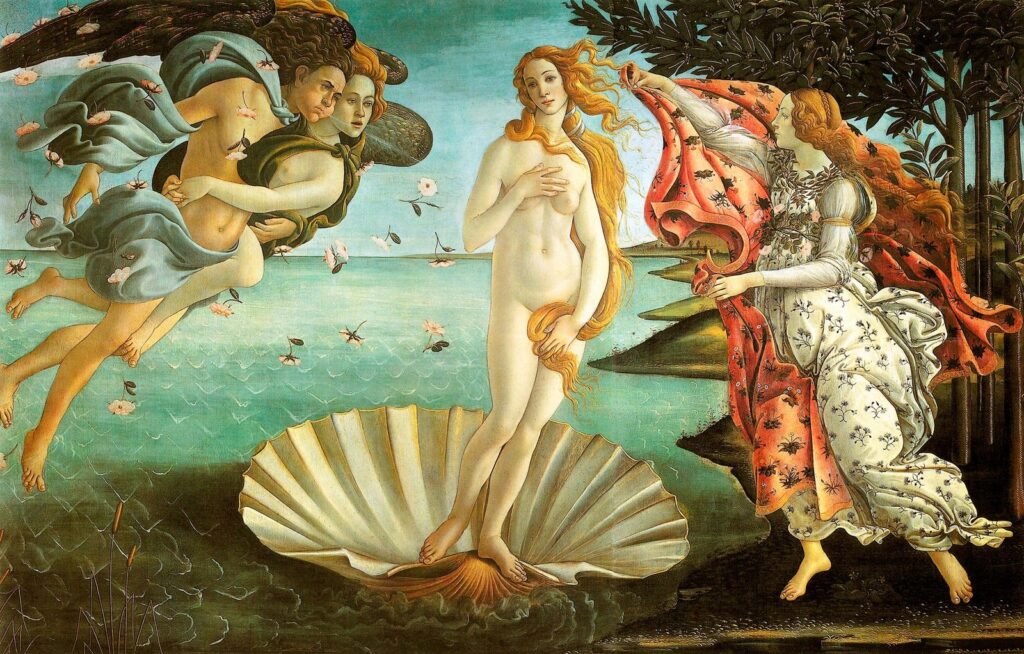
In another post, I will explain how to use the glazing technique.
5. Dry Brush: Adding Texture and Detail
The dry brush technique uses minimal paint on a nearly dry brush, allowing the texture of the canvas to show through. This technique is perfect for adding fine details and textures.
In “The Fighting Temeraire” by J.M.W. Turner, the dry brush technique enhances the details of the ship’s rigging and the play of light on the water.
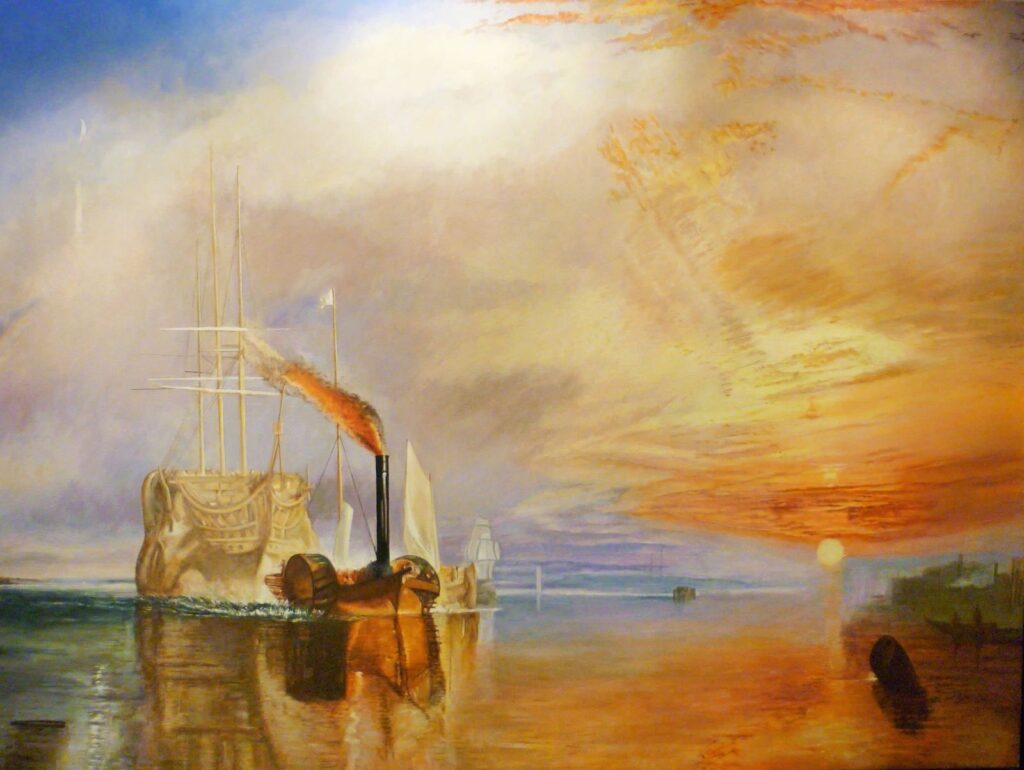
6. Sgraffito: Revealing Hidden Layers
The term sgraffito comes from the Italian word sgraffito which literally means “to scratch.”
This technique involves scratching through a layer of still-wet paint to reveal what’s underneath, whether this is a dried layer of paint or white canvas/paper. It’s particularly useful in impasto paintings, providing another level of texture as well as contrasting colors.
to read more about this technique click here:
In “Composition VII” by Wassily Kandinsky, you can see how he used sgraffito to create intricate patterns and reveal hidden layers of color, adding depth and complexity to his abstract masterpiece.
Brush strokes are not merely technical aspects of painting; they are the language through which artists communicate their emotions and visions.
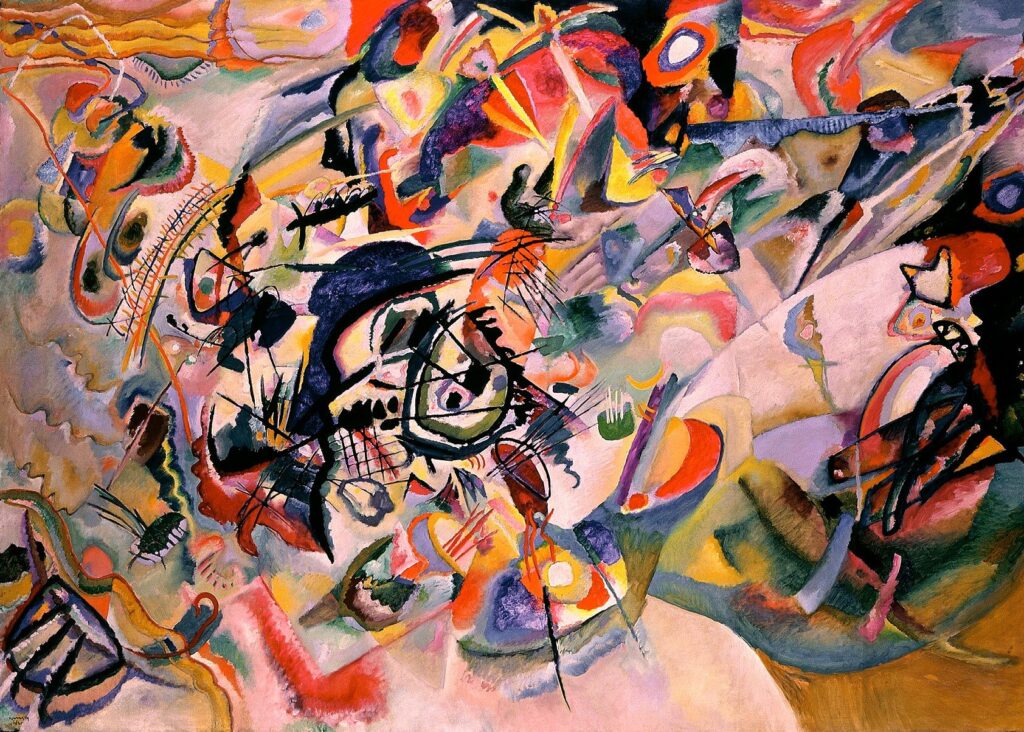
Remember, every stroke of the brush tells a story, and as you practice and experiment with different techniques, you’ll discover your unique voice as an artist.
Until next time, keep painting and exploring the world of oil painting brush strokes. Who knows what masterpieces you might create along the way?
to learn more about oil painting, check out this post: https://yingmclane.com/three-rules-in-the-art-of-oil-painting/
Leave a comment below if you find this post helpful!

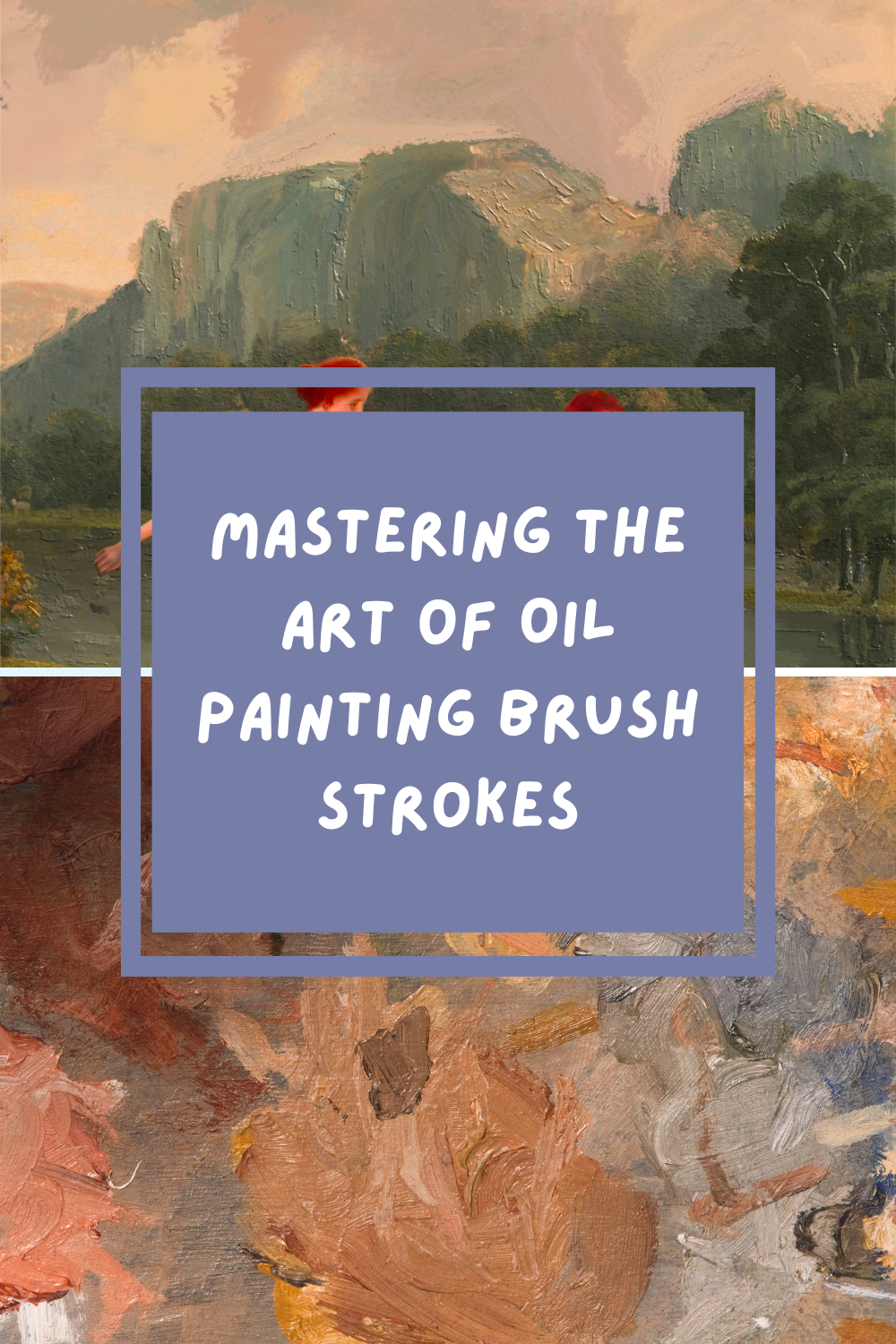
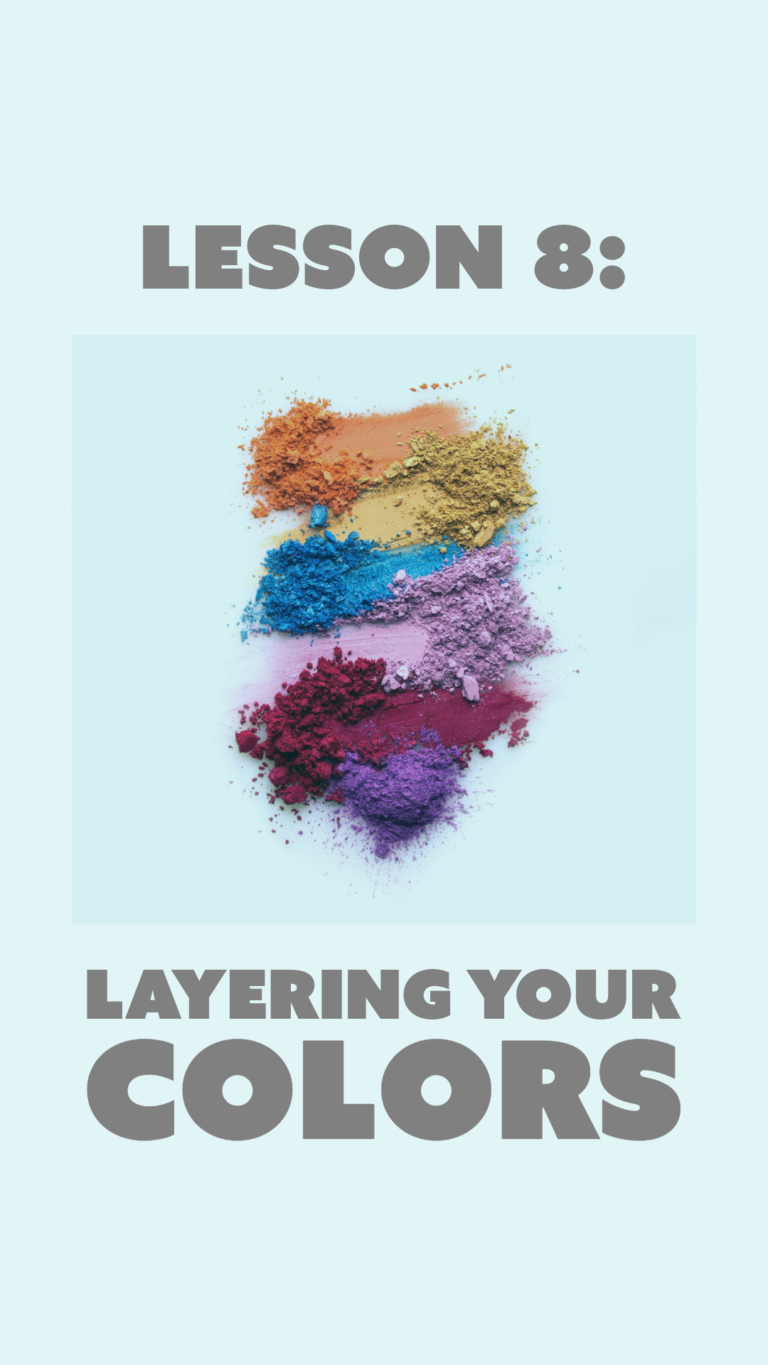
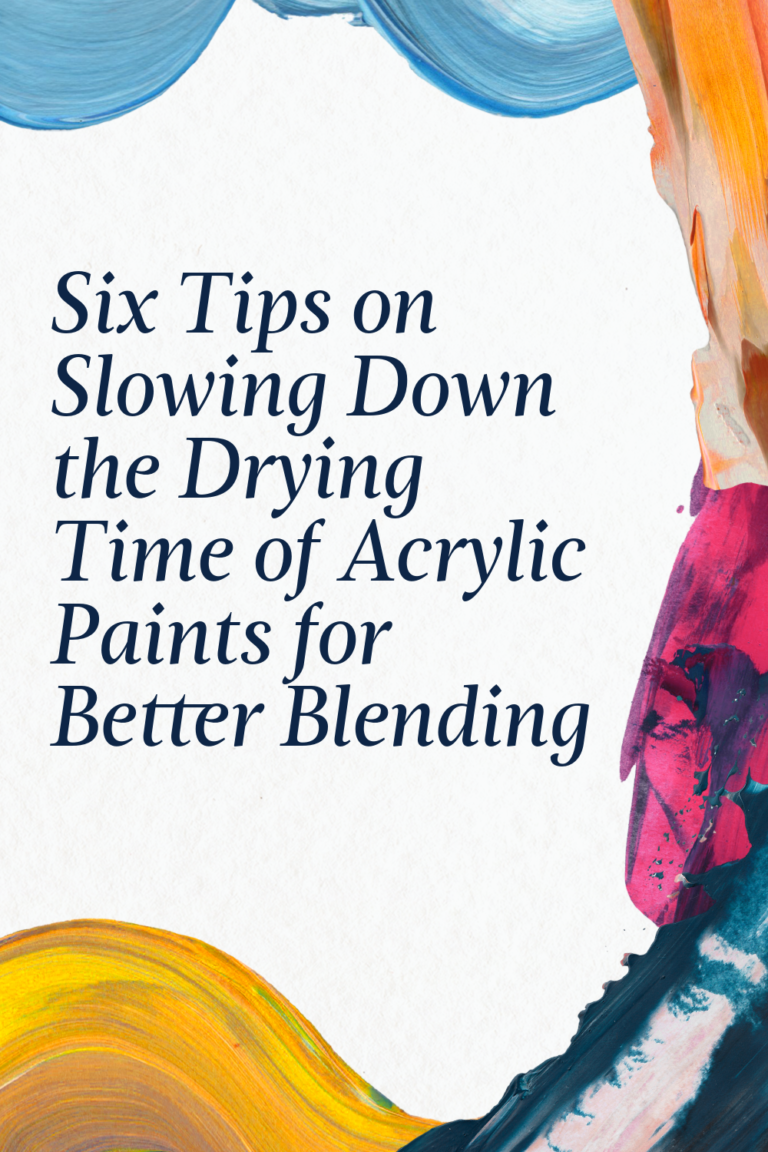
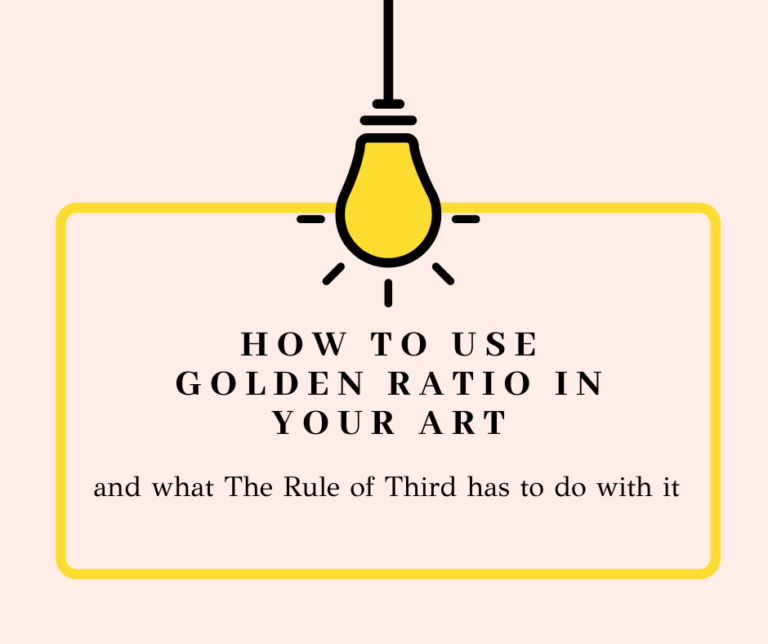
Pingback: What’s scumbling and Sgraffito painting technique - Ying McLane
Pingback: How to Paint Wave in 5 Easy Steps - Ying McLane
Pingback: Oil Painting Mediums Demystified - Ying McLane